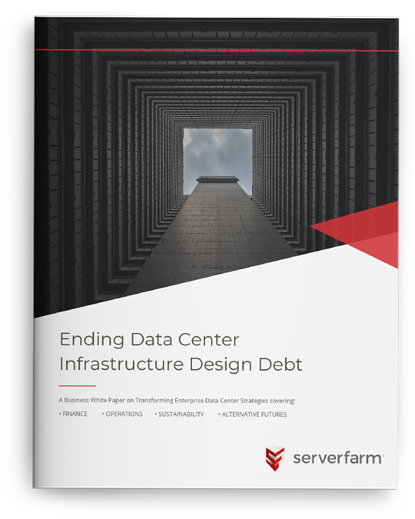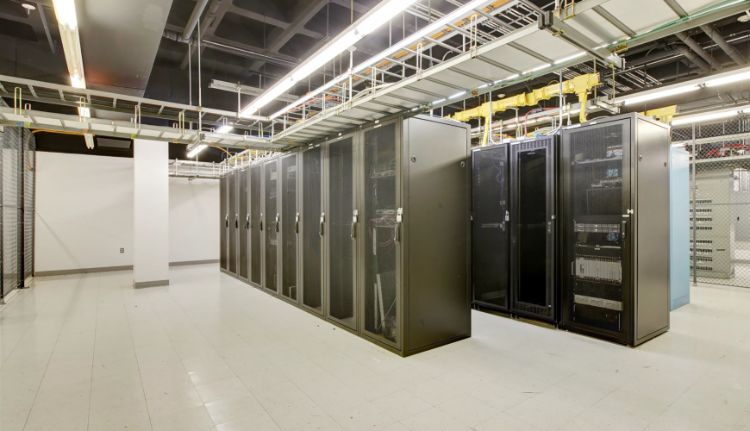Research studies and reports point to an increasing use of existing infrastructure and concerns about growing cloud costs.
The Surveys, reports and analysis from industry bodies, market watchers and vendors suggest that all corporates are thinking more carefully than ever about their investments while seeking ways to get more from existing digital assets and physical data centers.
Enterprises recognize the advantages but also the complexities and risks of moving to the cloud. “Cloud first” IT is being replaced by with making assets “Cloud enabled.”
Here we offer a selection of findings from authoritative reports that point to trends showing why enterprises are looking to get more from existing data center assets.
1. Priority Number One: Get more from existing infrastructure
The 2021 Afcom Data Center Survey found that eighty percent of enterprise data center operators said they are not building any new data centers today.
72 percent said they won’t be building any within the next 12 months, and 62 percent said they don’t expect to need any new data centers within the next three years.
As enterprise on-prem data center footprints are not growing, there is a focus on getting more out of organizations’ existing computing facilities. That conclusion is based on two findings from the survey: widespread adoption of DCIM software and rising rack densities.
Source: AFCOM Data Center Survey 2021 https://www.datacenterknowledge.com/cloud/thinking-about-cloud-vs-prem-vs-colocation-has-gotten-smarter
2. Public Cloud End-User Spending in 2021
Worldwide end-user spending on public cloud services is forecast to grow 18.4% in 2021 to total $304.9 billion, up from $257.5 billion in 2020, according to Gartner.
IT spending is expected to grow 4% in 2021 and the proportion of shifting to cloud will accelerate.
Cloud projected to make up 14.2% of the total global enterprise IT spending market in 2024, up from 9.1% in 2020.
IDC says IT budget percentage allocated to cloud infrastructure and applications is growing and will reach around 38% this year according to IDC (although this spans infrastructure and applications).
Although the figures look impressive it should be remembered that annual global IT spending is estimated at between $1.5tn and $1.7tn dollars.






